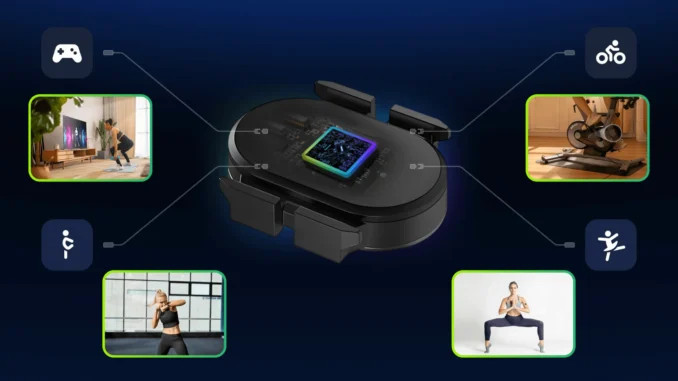

In the recent past, the integration of technology in fitness has been an innovation that has helped transform health and wellness. Leading this change is artificial intelligence (AI), which has emerged as one of the most disruptive forces in the fitness industry and is currently remaking the sector in once unimaginable ways.
From creating custom exercise programs to using artificial intelligence-enabled personal trainers, the application of technology in fitness is helping more people work out brighter and happier. Among the trends is the AI workout builder feature, which allows the creation of unique workouts based on the client’s needs and preferences. AI is not just limited to these features but has much more to offer in the world of fitness and wellness.
The Personalization Revolution
In my opinion, one of the most remarkable ways in which AI influences fitness is that it can make clients’ experiences very private. Conventional exercises mimic rigid fitness regimes that may not work for many individuals. Conversely, AI will look at large swathes of information to develop personalized workout regimes based on the client’s biology, physical ability, and aspirations.
For example, Freebeat platforms. AI uses complicated mathematical equations to monitor the users’ real-time performance and modify the exercises’ difficulty level. This level of customization reassures clients that workouts are both productive and safe from injuries, avoiding cases of disappointment or compromise of fitness goals. Further, the AI can integrate user feedback on workout plans and enhance workout sessions, making it an adaptable fitness solution.
Enhancing Motivation and Engagement
Motivation is one of the biggest obstacles to keeping up with a program aimed at developing physical fitness. AI solves this challenge by adding fun to the workouts. An example is gamification, which entails integrating game aspects into the execution of workouts. AI-driven fitness platforms also offer features like scoring points, competing against other people, and getting rewards.
Additionally, with the help of AI, it is possible to monitor the overall performance dynamics and offer more encouragement and support. This not only aids in encouraging the users to work out but also ensures they see the positive changes in their fitness. Notably, the feeling of accomplishment in achieving goals effectively supports user motivation and keeps them engaged in their fitness activities.
AI-Driven Personal Trainers
The idea of having a trainer with whom one trains exclusively is not new, but now, through AI, this is being taken to the next level. The use of AI results in personal trainers who are always available, meaning that a person has an expert guiding him or her on the best approach to exercising and losing weight.
These virtual trainers can also provide real-time feedback and instructions to the users, which is a significant advantage over conventional methods of working out because it guarantees that the correct form is maintained throughout the exercise and that the exercises are being executed in the most efficient way possible. It can benefit the inexperienced audience that may need the proper form of exercise.
Furthermore, AI personal trainers are dynamic in their ability but constantly developing and enhancing. They use data analysis to determine what is more effective for the users and then modify the exercise regimen. This cyclic process guarantees that there is always the best training for users.
The proper Integration of Wearable Technology
Bright clothing is another type of wearable technology that has also gained much popularity recently; popular devices include fitness trackers and smartwatches. With the incorporation of Artificial Intelligence, these devices have even more enhanced features. Wearable technology can track the number of heartbeats per minute, sleep cycles, and physical activity. This information can then be processed by the AI and used to determine the wellness and fitness of an individual.
For instance, AI can identify sleeping and wakefulness patterns and suggest adjustments that will benefit the functionality of the human body. It could also help detect possible health risks that, if not attended to early, can lead to severe health complications, enabling the users to be in control of their health. Wearable technology and AI are a perfect fit for each other as they allow an individual to attain his or her fitness goals and give them a proper guideline on how to live a healthier life.
Conclusion
The use of artificial intelligence in the context of the fitness and wellness sector has reshaped the ways that people tend to think about health and training. With individualized workouts, increasing motivation, AI trainers, and wearable technology, AI is helping people fit in more straightforward, efficient, and fun ways. With every passing day, there is a new technology and an expectation of even better solutions that will revolutionize the fitness industry.
One thing is for sure: the future of the fitness and wellness industries is closely tied to artificial intelligence and platforms like Freebeat. Humans are paving the way in this new, exciting age of AI. By adopting these changes, we can all seek a better future in which fitness is more effective and enjoyable.
Leave a Reply